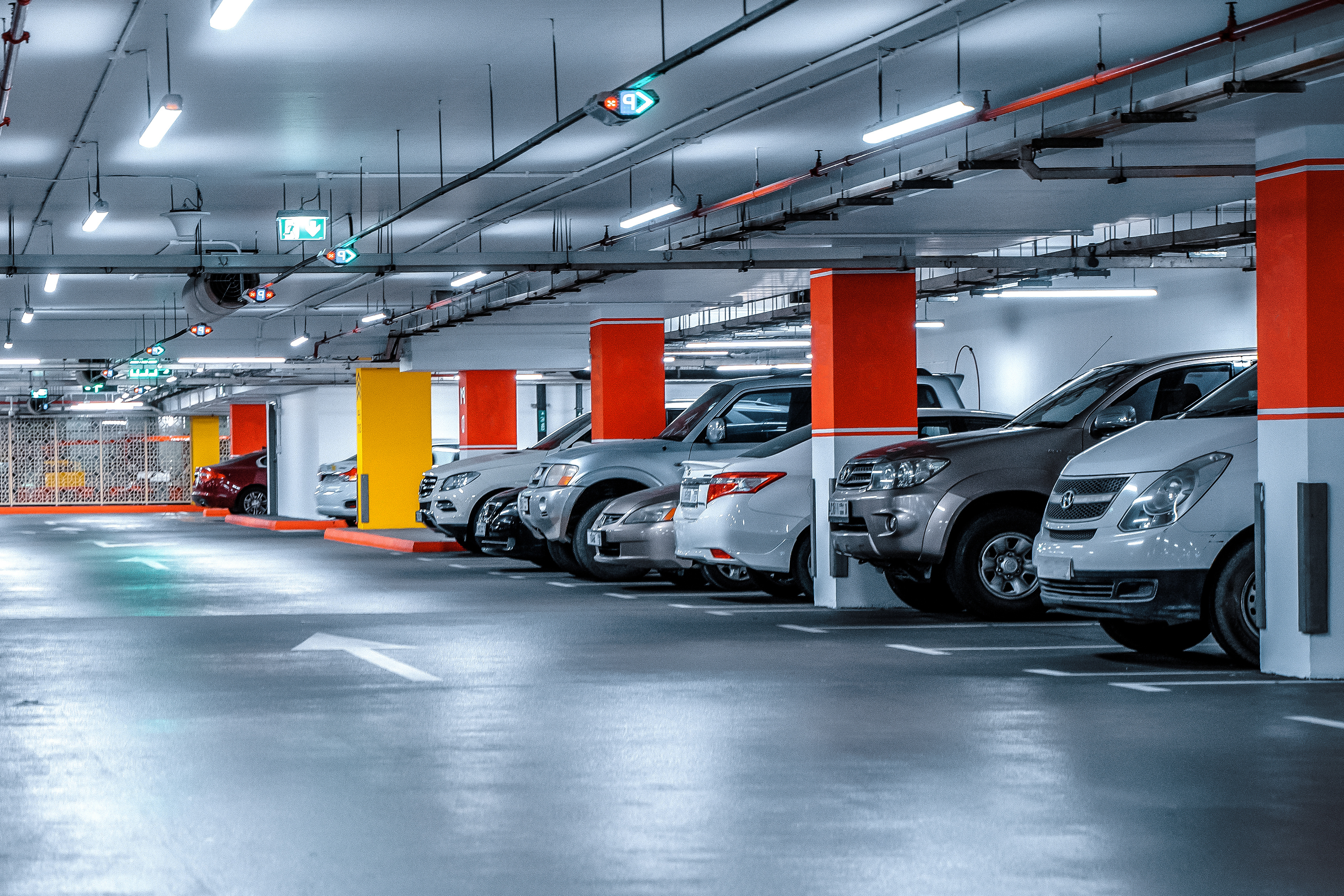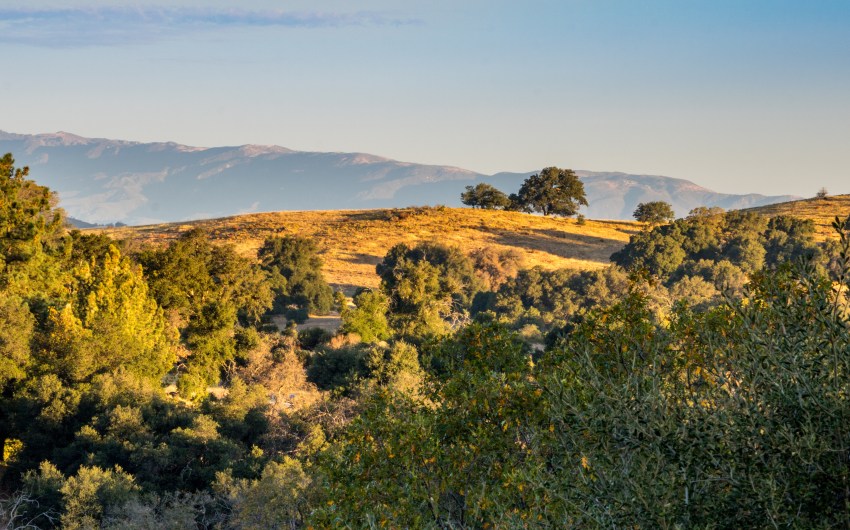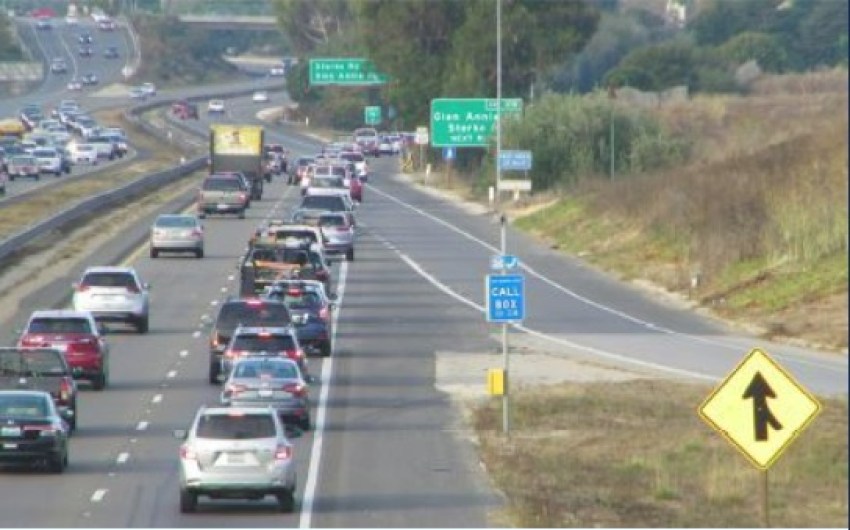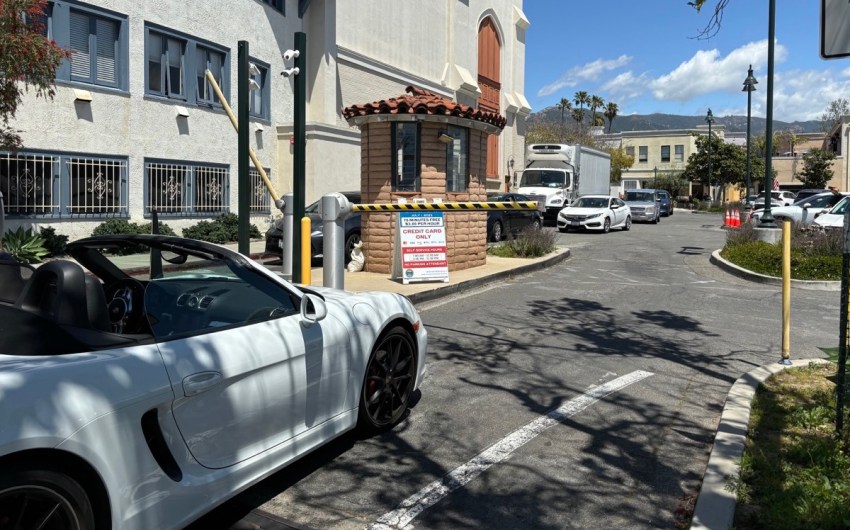Parking Reform Is Happening Across America
Good Parking Policy Can Improve Aesthetics, Walkability, Pollution, and Congestion

The expectation and reality of cheap and abundant parking across our country has increased housing costs, congested our streets, and damaged our environment. Municipal ordinances requiring parking minimums or mandates force builders to create a substantial amount of parking with every new home, office, shop, or school. These spaces cost a lot to build and maintain. Moreover, they sit empty much of the time. The case can be made that such parking mandates have been a key contributor to urban sprawl. The single largest land use in every American city is parking. Free abundant parking encourages driving and two-car households. Mandated parking limits density. Contrast America with Europe, where density is prioritized, and parking is limited.
Parking policy is changing, however. Minneapolis, San Francisco, Buffalo, Hartford, Austin, San Jose, and Portland have all eliminated parking requirements in the past decade. The COVID pandemic accelerated change by exposing the paucity of outdoor public spaces. Restaurant tables blossomed in thousands of parking spaces in American cities. Santa Barbara closed State Street to cars and allowed restaurants to create outdoor eating spaces on streets. As parking mandates have lessened in California, accessory dwelling units (ADUs), which are permitted without mandated parking, have flourished and now account for one-in-five new housing units statewide. Another California initiative, enacted in 2022, prohibits parking minimums for buildings within half a mile of major transit stops.
Parking is a public good and needs to be managed for the public good. We support cars and parking with almost every commercial transaction we make, because a small share of the dollars changing hands goes to parking — less now than in the recent past. People who walk, bike, or take public transit are bankrolling those who drive and park.
Underpriced parking — i.e., subsidized parking — undermines the quality of walking, biking, and transit; worsens air and water quality; increases traffic congestion, fuel consumption, and global warming; raises the cost of housing; inhibits the building of affordable housing; and covers valuable urban land with asphalt and concrete. Numerous studies have confirmed these results.
Santa Barbara is moving in the right direction. The most recent multiple-unit housing projects have fewer parking spaces, and some even give priority to downtown workers who can walk or bike to work. Some local parking lots are being transitioned into housing complexes. We are beginning to decouple parking from living units, making rents and real estate more affordable.
Good parking policy encourages the things we say we want from our cities: walkable neighborhoods, attractive architecture, more trees and vegetation, and clean, safe streets.













